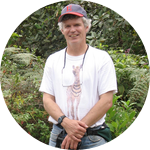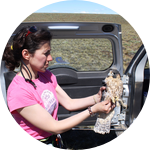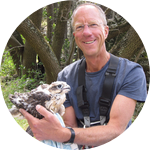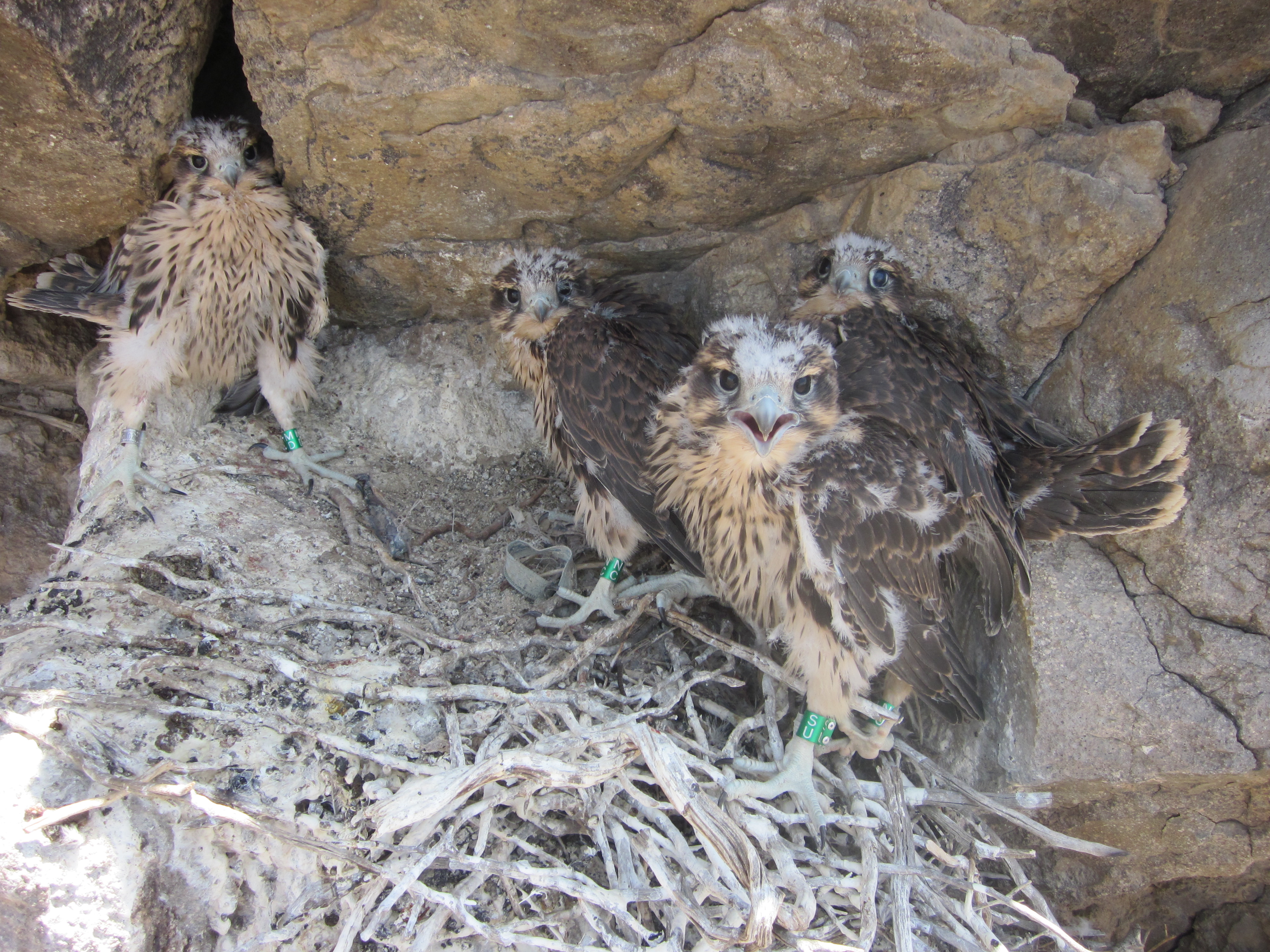About This Project
Predicting the effects of climate change on species at the top trophic levels is crucial because they can have major effects on ecosystems. Also, in species adapted to live in extreme environments, predicting responses to climate change is not straightforward but genetic data can tell us how climate affects their survival and reproductive success. We will assess genetic variation, kinship, and the effect of local climate on three breeding populations of Prairie falcons (Falco mexicanus).
Ask the Scientists
Join The DiscussionWhat is the context of this research?
Baseline data is essential to monitor changes through time. We will assess baseline parameters of prairie falcon biology such as kinship, nest turnover, and survivorship, in order to predict the effect of climate change and habitat disturbance on this species
The prairie falcon inhabits extreme environments in the Western US, from deserts to grasslands to high elevation plains. It ranges far and wide in search of its prey – small mammals such as ground squirrels and grassland birds. As such, it can be considered an indicator species for the health of these habitats.
By documenting genetic variation in natural populations, we can study ecological and behavioral processes in a species that inhabits very wild and remote locations.
What is the significance of this project?
Climate change and the push for renewable energy development have the potential to affect the prairie falcon in several major ways. Starting with climate change affecting its sensitive habitats, the most extreme outcomes are direct habitat loss and mortality due to solar and wind energy development across its breeding range.
There is a crucial need to obtain information on survival rates, dispersal patterns and how nesting populations are connected to evaluate whether populations are sustainable, particularly in light of the rapid development of these habitats for expansive solar and wind farms. Having this knowledge can help us predict population trajectories and the falcon’s response to these changes, as well as focus on conservation actions.
What are the goals of the project?
We have the samples needed to carry out this project to completion. We will extract DNA from prairie falcons, and amplify their DNA using peregrine falcon genetic markers and already tested on prairie falcons.
We will elucidate the genetic relationships among individual families and use kinship analysis methods tailored to what type of genetic information we have (parentage, sibship). Knowing the genetic relationships among falcons will allow expanding our set of questions from how these birds are related to each other to how long the same breeding pair has been nesting in a particular site. We will document the genetic structure in offspring and how that relates to population connectivity. These data can also be compared to work that we have done on related peregrine falcons.
Budget
The money you donate will help purchase laboratory reagents to obtain the genetic profiles for all sampled falcons. We tested our set of markers and we are confident that we can generate solid data to answer our questions.
DNA Extraction Kit: we have used this kit before to extract DNA and obtained good yields. They are worth the expense.
PCR Primers: these are specific ‘segments of DNA’ that allow the DNA Taq polymerase to extend (copy) the DNA region between the primers.
Tubes and caps, gloves: consumables needed to carry out laboratory work. We want to ensure that all samples are handled in a sterile environment.
Taq polymerase: the enzyme that copies the DNA region of interest millions of times. Our regions of interest are ‘microsatellites’, that consist of tandem repeats (e.g. TGTGTG).
Genotyping: the amplified DNA can be run out on a high-resolution gel that will reveal the size of alleles (paternal and maternal variants).
Endorsed by
Meet the Team
Affiliates
Team Bio
Isabel and Doug met at the North America Ornithological Conference in Veracruz, Mexico in 2006. They have been collaborating on research directed towards the population genetics and evolution of falcons ever since. They authored one paper on genetics of taita falcons in 2014 and are currently working on another paper on the genetics of US western recovered peregrine falcons.
Isabel C. Caballero
Hello! My name is Isabel Caballero and I am currently a post-doc at Texas A&M University. I earned my PhD degree from University of Illinois at Chicago and my bachelor degree from the Universidad de Buenos Aires, Argentina. I discovered the world of birds (and raptors!) while volunteering at the Field Museum of Natural History in Chicago. I have a broad interest in molecular ecology. In my doctoral and post-doctoral work, I use microsatellite markers to investigate, mating systems, inbreeding, gene flow, long-distance migration and dispersal in avian and parasite wild populations.
Douglas A. Bell
Greetings! I fell in love with raptors during the DDT era when their populations were crashing. This compelled me to study evolutionary biology to better understand how to save these stunning birds. I obtained my PhD degree from the U.C. Berkeley, studied in Germany, and obtained a Bachelor’s degree from Humboldt State University. As a Research Associate of the California Academy of Sciences and my work as a Wildlife Biologist with the East Bay Regional Park District, I specialize in monitoring raptors and research ways to mitigate threats to their populations.
Additional Information
We have spent years and untold effort climbing into remote cliffs to band nestling falcons and obtain blood samples. This funding will be the essential to complete this project and provide the data we need to better understand the effects of climate change on the species.
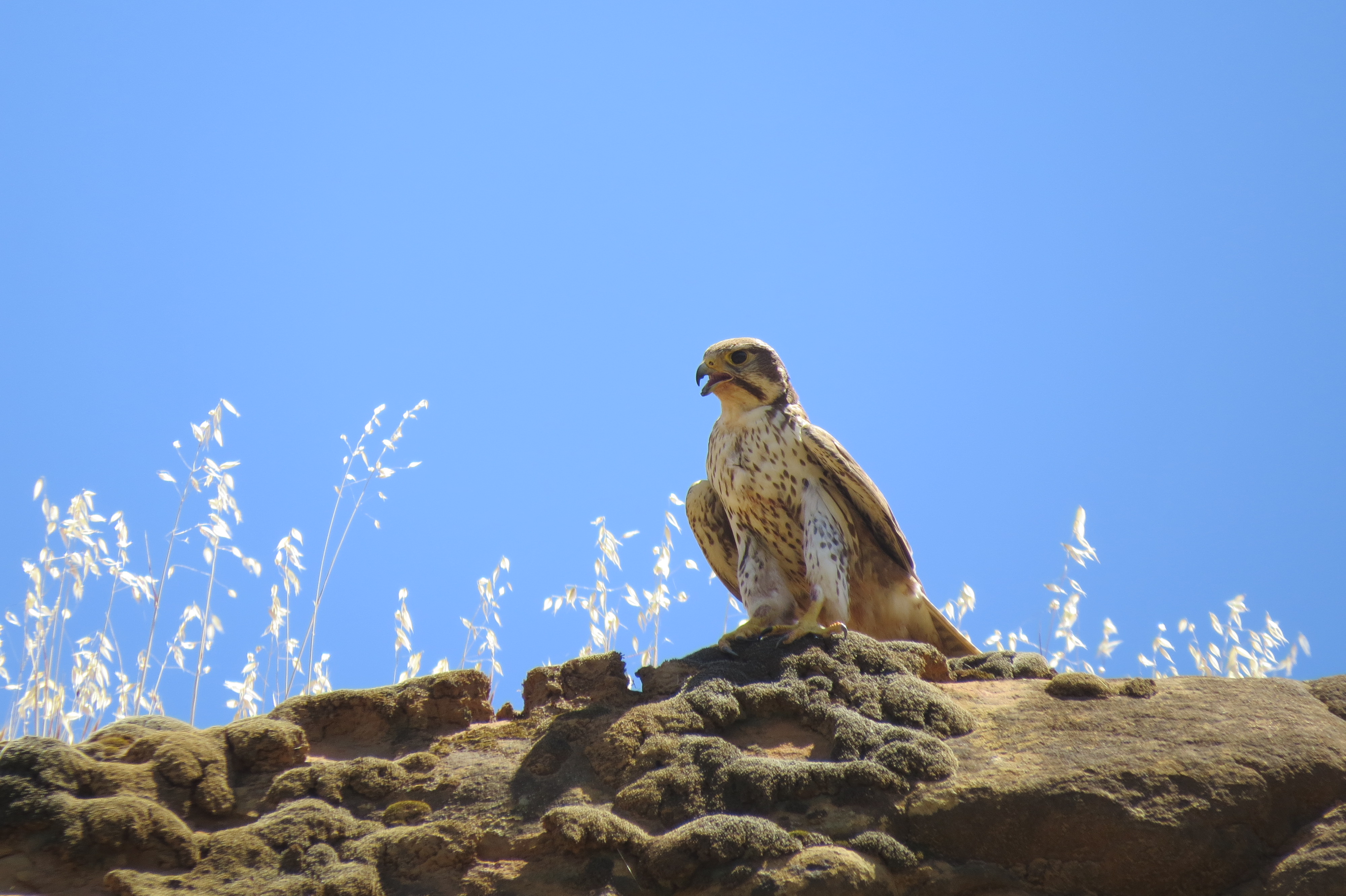
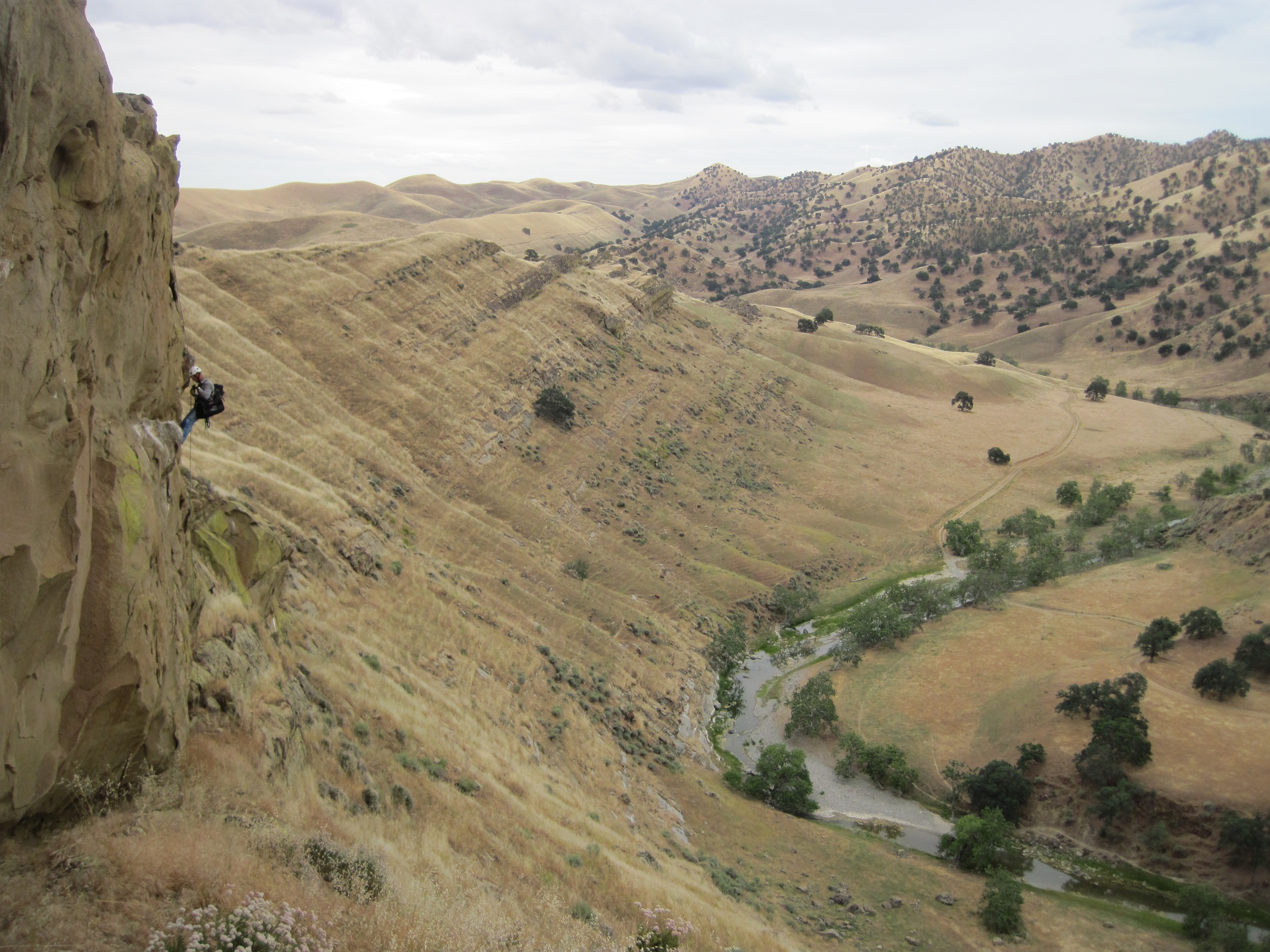
Photo at top of Project Page: Adult female prairie falcon flying above her nest cliff. Photo credit: K. Shawn Smallwood
Project Backers
- 16Backers
- 100%Funded
- $4,960Total Donations
- $310.00Average Donation
